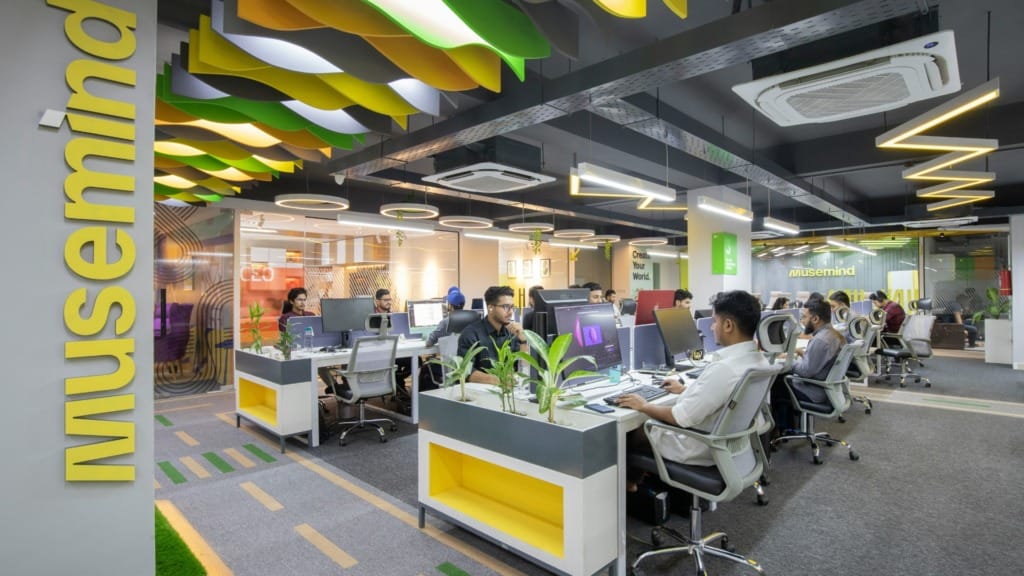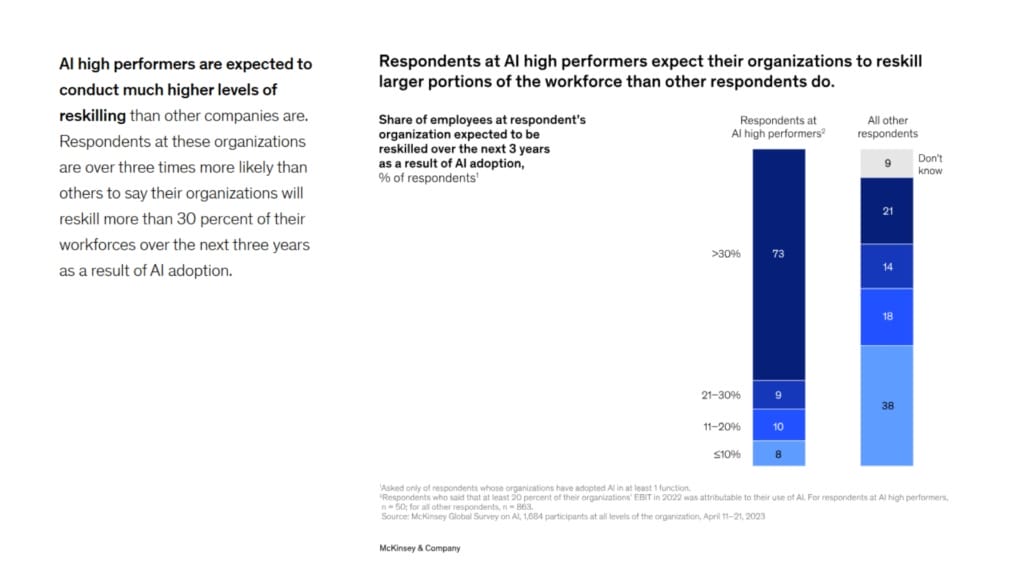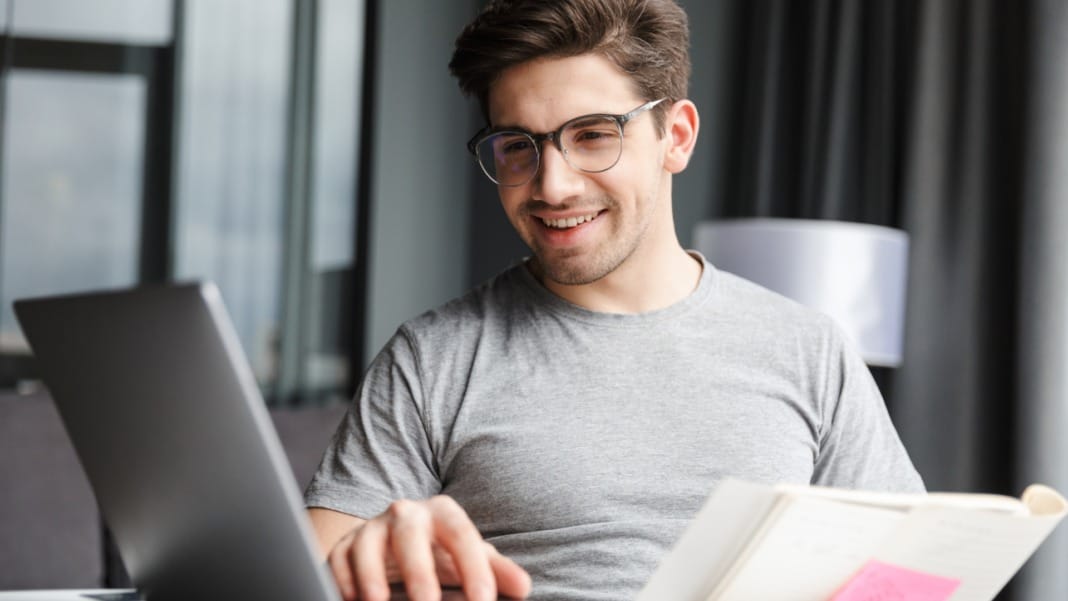Artificial intelligence is becoming deeply embedded in how B2B companies operate across APAC. From lead scoring in CRMs to supply chain forecasting and AI-generated marketing assets, the technology is no longer experimental. In markets like India and Australia, over half of employees interact with AI daily, and business leaders across the region are accelerating adoption. Organisations are using AI to boost productivity and embedding it into the way they create value for clients and respond to competitive pressures.
Despite this momentum, a clear gap between AI implementation and workforce readiness has emerged. Many employees still lack the confidence or skills to work with these tools effectively. A Deloitte report noted that 68% of executives are concerned about significant AI-related skill gaps. IBM’s findings back this up, estimating that 40% of workers globally will need to reskill within three years due to AI disruption. The challenge is not about replacing people but helping them evolve alongside the technology.
This shift is affecting every corner of the business. Marketers now work with AI copywriters, customer service reps are training AI chatbots, operations teams are aligning forecasts with predictive models, and even salespeople are using AI-driven insights to prioritise leads and customise outreach. The roles have become more layered, requiring new forms of judgment, creativity, and decision-making.
In this environment, the competitive edge lies in how well teams can adapt, not just which tools they adopt. Businesses that recognise this early are restructuring roles, refreshing job scopes, and empowering people to learn by doing. Those who delay could find themselves with great tools without the talent to make them work.
Making skills development a strategic advantage
Across APAC, the conversation around skills has shifted from “should we train” to “how fast can we scale it.” With roles changing faster than ever, 78% of HR leaders in the region now cite workforce upskilling as their top priority. What’s different now is the urgency. The World Economic Forum predicts nearly half of all skills will be disrupted by 2027, with AI acting as the biggest driver of this shift. What’s happening under the surface is a quiet rewiring of jobs. In the past, a job title broadly defined the job’s responsibilities. Today, the same title may require entirely different competencies — and tomorrow’s requirements are still unknown. For instance, a marketing executive is expected to guide AI-generated drafts with human nuance, while a finance lead may need to validate automated forecasts. These changes demand a mindset shift from both employers and employees.
Technical skills alone aren’t enough. While many firms are now offering AI training, data literacy, and platform-specific certifications, human skills are climbing in importance. In fact, 95% of APAC’s learning and development professionals say soft skills, such as adaptability, critical thinking and collaboration, are just as important as tech skills. These qualities help teams spot where AI fits best, challenge assumptions, and innovate responsibly.

Firms are taking different approaches to bridge the gap as well. Some integrate AI into existing upskilling programmes, while others create new pathways. For example, Singapore’s banking and telecommunications sectors have invested heavily in organisation-wide data upskilling, targeting technical and non-technical roles. The goal is simple: to ensure that every employee, regardless of department, can contribute meaningfully in a data-driven, AI-enabled environment.
Equipping teams to thrive with AI
For B2B teams to thrive, they must first become comfortable with data, not just those in analytics roles. Whether interpreting customer insights in marketing, assessing risk in procurement, or using AI-generated performance dashboards, data literacy has become a core skill. However, only 20% of APAC workers currently feel confident in their data abilities, even though more than 70% work with data at least once a week. Bridging this gap has become an organisational priority.
Another area seeing rapid evolution is content creation. Generative AI is now part of the region’s content development process for B2B marketers. These tools support everything from first-draft generation to translating content for multiple markets — a major benefit in linguistically diverse APAC. For instance, an enterprise software company may use AI to localise a product deck for Thailand, then have its content team refine the tone and ensure cultural alignment. The balance between automation and human oversight is key.
Sales are also undergoing a dramatic shift. B2B buyers are more digitally empowered than ever, and over 75% prefer remote or digital-first engagement. Successful sales teams are adapting by using AI tools to research prospects, personalise pitches, and time outreach for maximum impact. But digital tools alone don’t close deals; relationship-building and emotional intelligence still matter. The most effective sellers today blend tech with empathy, using AI to inform their actions, not dictate them.
Lastly, strategic thinking is what ties everything together. AI can surface options, but it takes human judgment to connect the dots. Teams that thrive in this environment ask better questions, see across functions, and align technology use with business outcomes. Some organisations are rotating staff across departments or involving them in cross-functional AI pilots to build skills and cultivate a broader perspective. This ensures AI supports real-world business needs, not just internal efficiency.
Rethinking how learning happens in the workplace
With traditional training models struggling to keep up, companies across APAC are reimagining how learning is delivered. Rather than periodic workshops, the focus has shifted towards ongoing, just-in-time learning. This means building systems that allow employees to upskill in the flow of work, whether through bite-sized content, on-demand videos, or internal forums. The priority is to make learning accessible, relevant, and practical.
Microlearning has become a standout approach. Instead of long courses, employees are engaging with short modules, often under 10 minutes that teach them specific tasks or concepts. For example, a logistics firm might release a five-part series on interpreting AI-generated inventory forecasts, with each session designed to be actionable that same day. These learning formats meet people where they are and promote faster application of knowledge.
Peer learning is also playing a larger role. Many firms are moving away from a top-down model and encouraging teams to share their use of AI tools in real projects. Some are even establishing internal “AI champions”, such as employees who act as support leads, helping their peers test and refine new solutions. This approach organically spreads expertise while encouraging a sense of ownership and curiosity among staff.

Recognition matters, too. Progressive companies are now rewarding employees for upskilling, not just performance. Whether badges, public shout-outs, or career development opportunities, showing that learning is valued helps embed it into culture. PwC’s APAC workforce report notes that companies that actively mentor and support development see stronger performance and employee retention. In this new landscape, learning is no longer an add-on as it’s become the engine for growth.
Leading teams through the skills transition
Strong leadership is critical in guiding teams through the uncertainty that comes with AI. Leaders must go beyond supporting transformation, and they need to embody it. When senior leaders openly adopt new tools, share their learning journeys, and show a willingness to evolve, it gives the rest of the organisation permission to do the same. This “lead by example” approach has helped accelerate AI integration across departments in several high-performing APAC companies.
Equally important is creating a culture where it’s safe to try and fail. As new tools are introduced, there will inevitably be setbacks. But leaders who frame these as learning moments rather than failures help foster innovation. Companies have begun experimenting with internal “sandbox” spaces or AI hackathons, where teams can explore use cases without pressure. This has driven better adoption and also surfaced unexpected business improvements.

Recognition should extend to those who take the initiative. Upskilling, experimenting, or cross-training should be seen as contributions to the business, not side projects. Some organisations have tied these efforts directly to promotion criteria or bonus structures. Others provide visibility in leadership updates or town halls. According to McKinsey, firms that take these steps are over three times more likely to reskill more than 30% of their workforce — a key marker of AI maturity.
Finally, leaders must think long-term. Embedding AI into the organisation means rethinking how roles are structured, how decisions are made, and how teams are formed. Some companies now include AI onboarding as part of new-hire orientation. Others are redefining job descriptions to reflect hybrid responsibilities, like managing both human team members and AI systems. These aren’t minor tweaks; they’re foundational shifts that require leadership with vision, empathy, and the courage to challenge the status quo.





